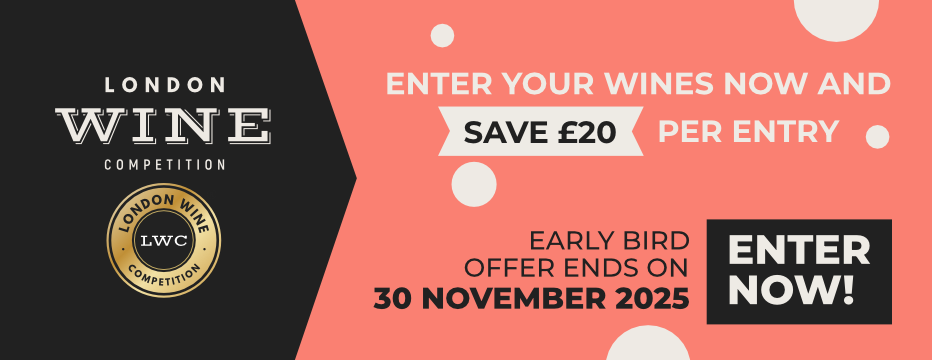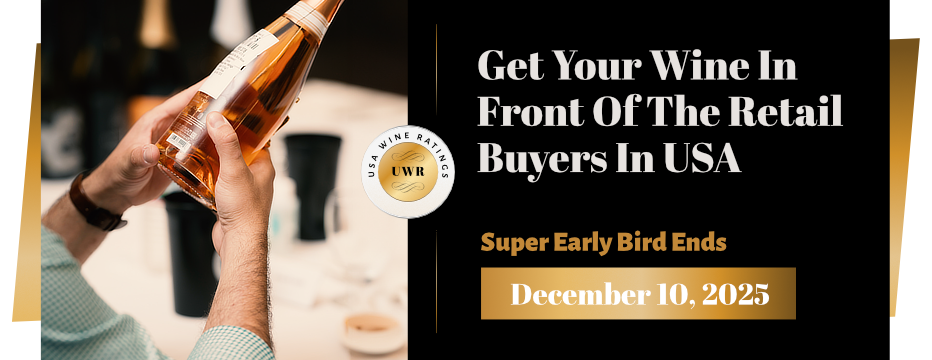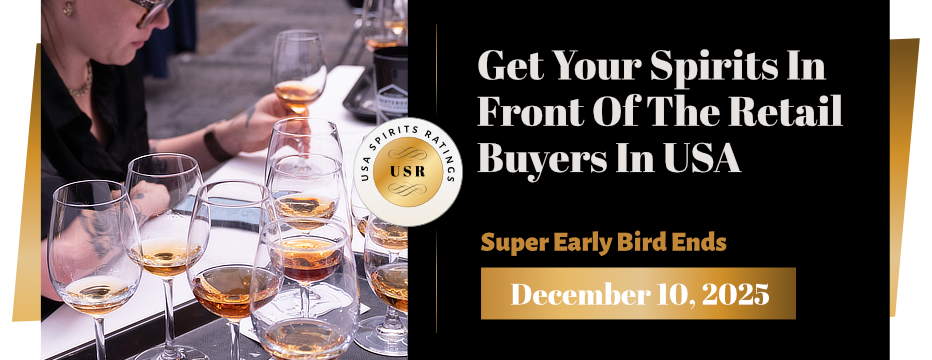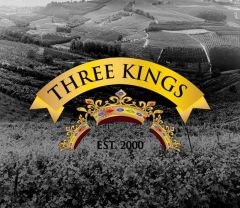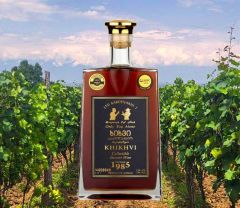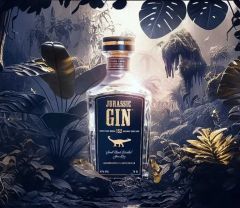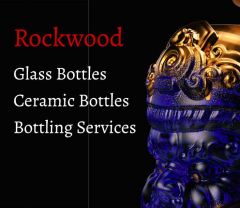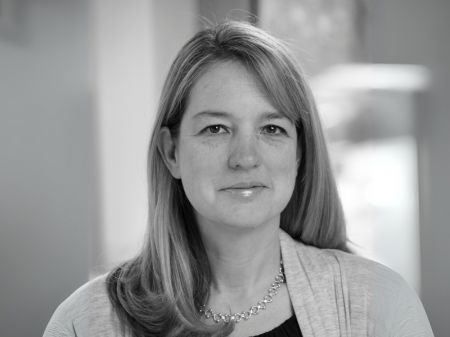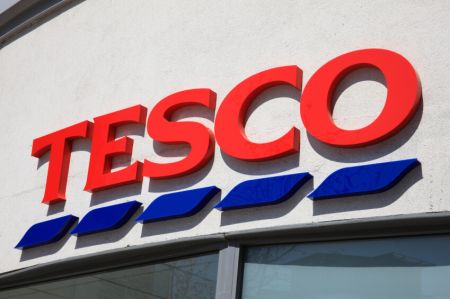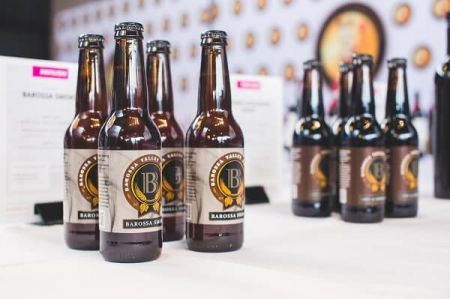Sommeliers Choice Awards 2025 Winners
Scott Osborn’s Vision for WineAmerica and the Future of U.S. Wine Sustainability
A conversation on leadership, challenges, and opportunities for the U.S. wine industry.
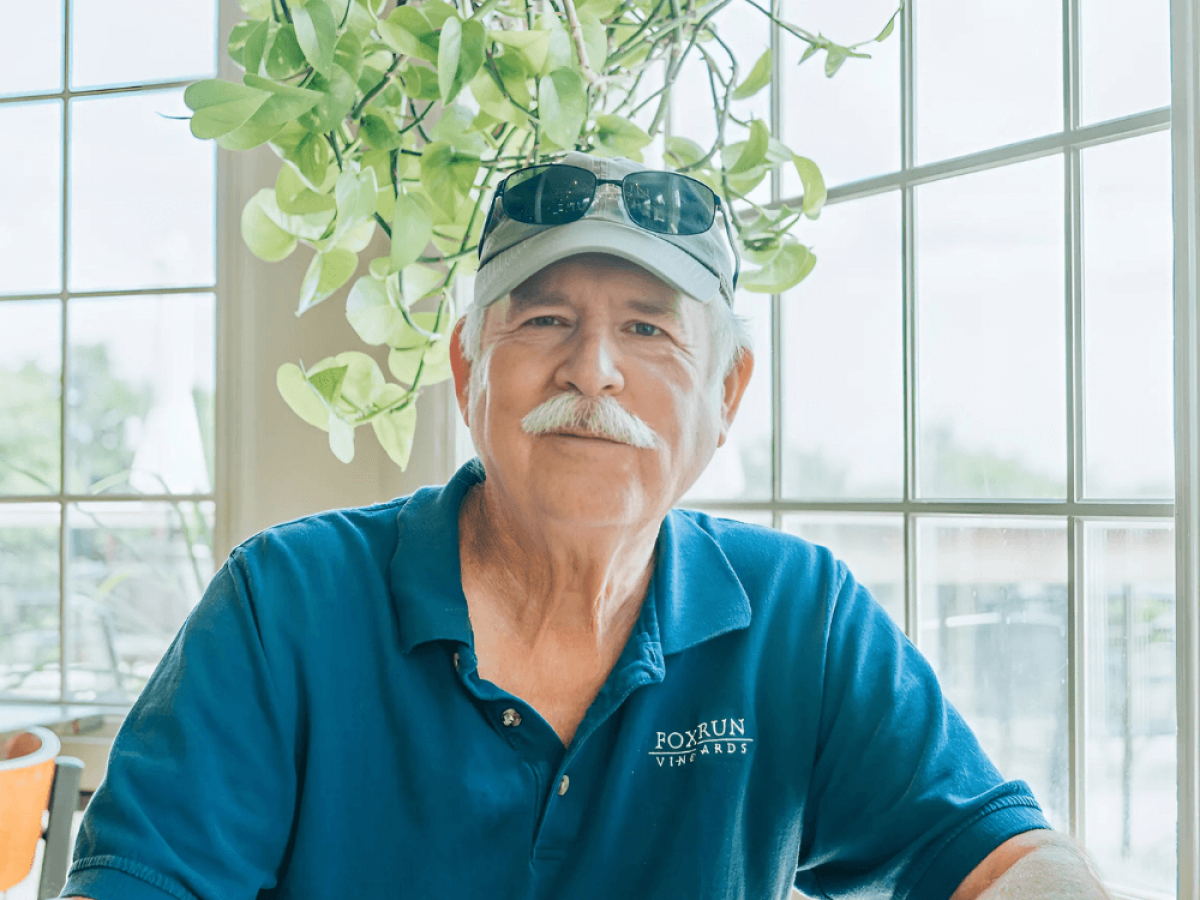
In a wine industry marked by constant evolution, Scott Osborn’s journey from dairy farm proprietor to one of the leading voices in U.S. wine advocacy is nothing short of remarkable. As the newly appointed Chair of WineAmerica, Osborn brings a wealth of experience from both his leadership of Fox Run Vineyards in New York’s Finger Lakes region and his years of commitment to sustainable winemaking. In this exclusive interview, he shares his vision for addressing the industry's most pressing challenges—from the anti-alcohol movement to climate change—and discusses the importance of local and national advocacy in strengthening the future of American wine.
Scott, congratulations on your recent appointment as WineAmerica Board Chair. In your view, what are the most pressing challenges facing the U.S. wine industry today, and how does WineAmerica plan to address them, especially considering your own experiences as a winery owner?
Currently the anti-alcohol movement. We are working with the Come Over October promotion to emphasize how wine has existed for 6,000 years as a beverage that brings people together over food and friends. WineAmerica also created three helpful resources on our website for the industry to use: “Compliance Matters”, which provides guidance; “The Magic of Wine”, which shows wine’s many positive aspects for society; and “Economics”, which documents the incredible value of wine to the American economy ($276 billion in 2022). Other major challenges include climate change, generational shifts, and increased competition from other beverage categories.

Image: Scott Osborn is one of the 40-plus members of WineAmerica who fly in to Washington and spend their time and money to advocate for the policies that benefit the entire American wine industry. Source: WineAmerica.
With your extensive background in the Finger Lakes wine industry and now representing the broader U.S. wine sector, how do you balance advocating for local concerns with national interests? Are there specific issues that you believe can benefit from a unified national approach?
The Come over October event reaches all viticulture regions and small and big producers all across America. I relinquished leading the local advocacy organizations to work on the bigger picture. I still participate in these organizations because the local issues are just as important as the bigger issues to the regional wineries. Wine is an international community, and we’re all connected.
Fox Run Vineyards has made impressive strides toward sustainability, including your use of solar power and achieving Lake Friendly Farm status. Could you share how these initiatives have influenced your winemaking process and business operations? How do you envision further sustainability efforts shaping the future of Fox Run and the wider wine industry?
To answer both questions at once. As a small winery, it is hard to convert everything at once. So, what I do is ask each manager and their staff to find one thing each year they can change or add to their operation that will have a positive effect on the environment and on what they do in their specific area of work. The result is more awareness of sustainability and more awareness that each person affects the world around them. Over the years many of the Finger Lakes wineries have either become Lake Friendly Farmers or have become certified New York State Sustainable. We as an industry believe the water quality of the Finger Lakes is one of our most important concerns. Not only do the lakes affect the temperature of our region so we can grow grapes here, but they also serve as a source of water for 2 million people, but they also attract millions of tourists to this incredibly beautiful region. So, by helping to improve the water quality we help the quality of life for our neighbors and all the visitors who come to experience the lakes and the wineries.
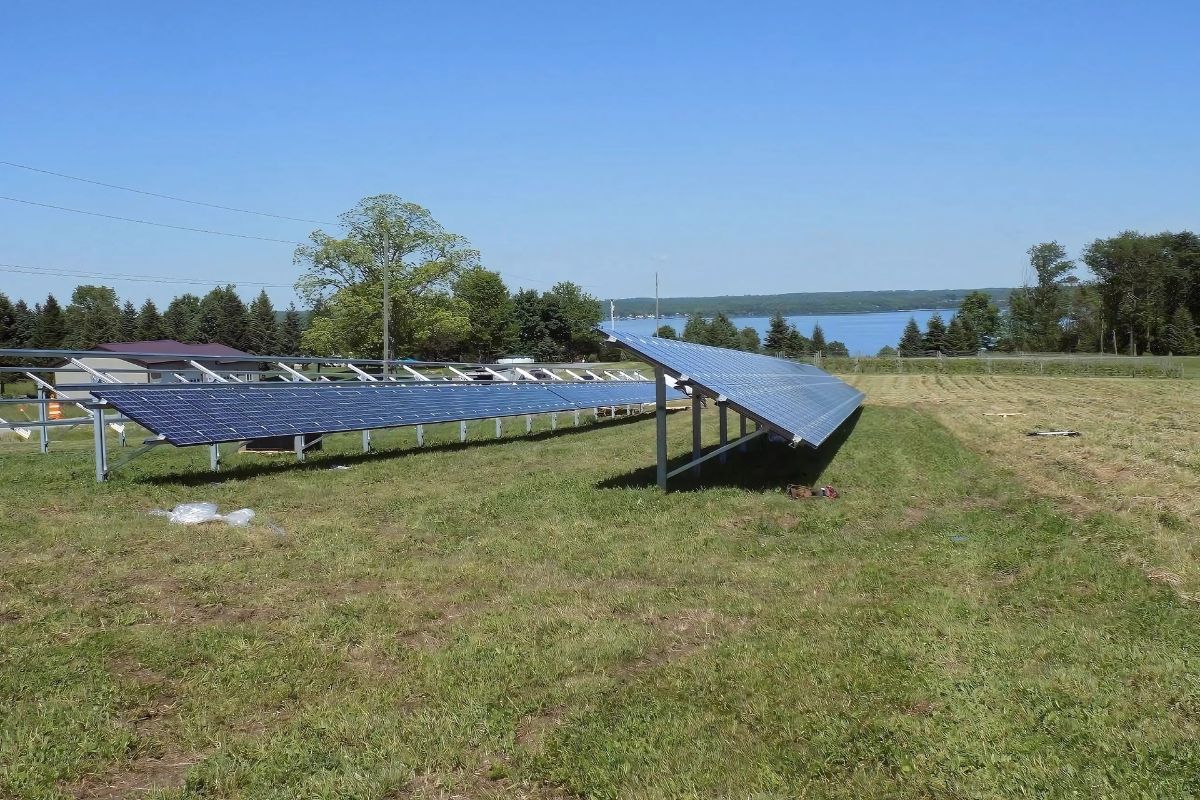
Image: Solar panel installation at Fox Run Vineyard. Source: Fox Run Vineyard.
You've mentioned the shift toward organic and biological sprays in the vineyard. How have these changes impacted both the quality of your grapes and the surrounding ecosystem and do you see this as a model that other vineyards could replicate?
All of these impact our wines in different ways. The better our soil health is, the healthier our vines are. The more environmentally friendly our sprays are, the healthier our vines are and the environment within the canopy and also the ground. The cleaner and better grapes you bring to the wine team, the easier it is for them to work with the fruit. Thus earth-friendly practices result in better-quality wines.
Your partnership with winemakers like Peter Bell and now Craig Hosbach reflects a deep commitment to craftsmanship. How has working with different winemakers shaped your approach to expressing the unique terroir of Seneca Lake, and what have you learned from these collaborations over the years?
Both Peter and Craig’s wine-making styles are very similar to each other. Each of them are incredibly talented and brings different strengths to our winery. Each vintage, in the Finger Lakes, is different and a winemaker will be lucky to see two vintages the same in 10 years. Peter, having worked here for 27 years, allowed him to develop a great understanding of our vineyards and the intricacies of each vineyard block. Craig having worked in cool-climate regions for most of his 20 years has settled right in and is making some incredible wines.
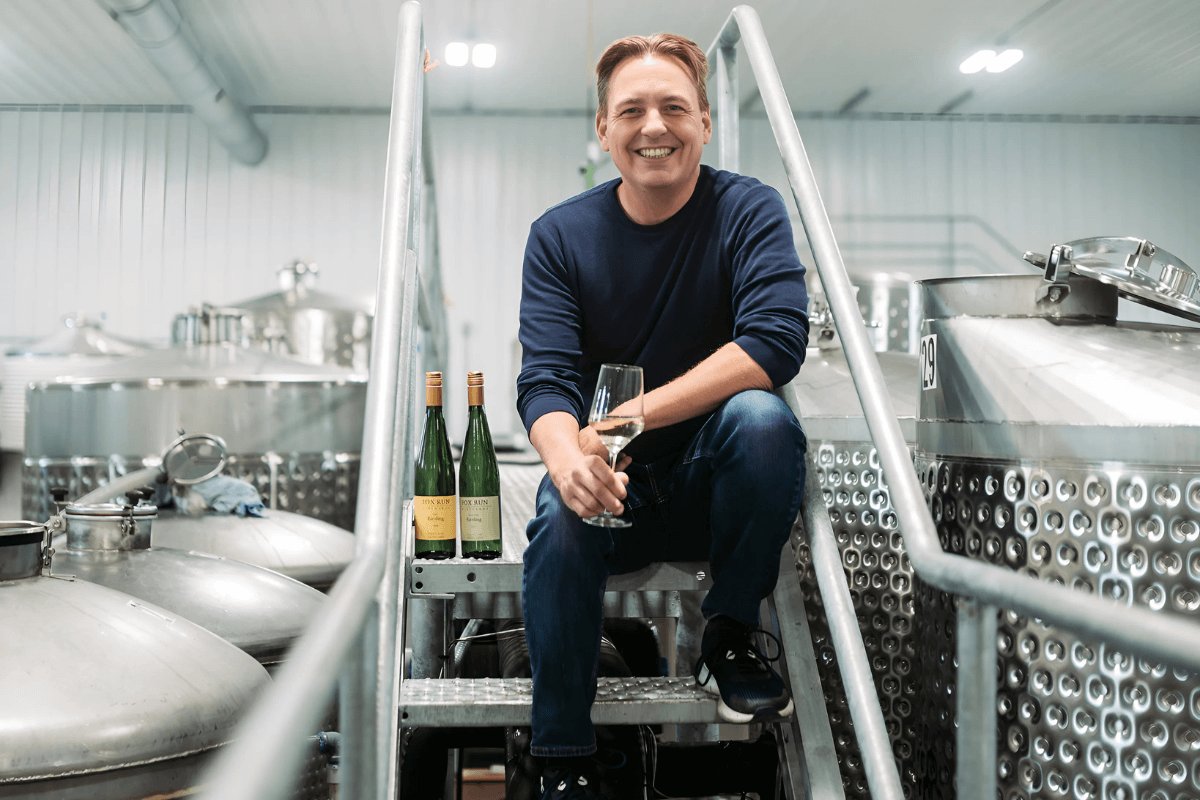
Image: Craig Hosbach, Winemaker at Fox Run Vineyard; Source: Fox Run Vineyard.
Fox Run’s history of transitioning from a dairy farm to a vineyard speaks volumes about adaptability and vision. How have these origins influenced your approach to winemaking, and do you feel a sense of continuity with the land's heritage in your current practices?
I have always said I want to leave this land in better shape than when I got it. To that end, I am always searching for new practices that will help minimize our impact and hopefully actually help us give back to the environment.
As someone who's actively engaged in shaping the New York wine narrative, how have you seen consumer perceptions of Finger Lakes wines evolve over the years? What strategies have you found most effective in educating and attracting consumers to the distinct qualities of your region's wines?
When I first came here most shops and restaurants didn’t think the Finger Lakes wineries could make good wines. Even though we won the Governor’s Cup in 1997 as the best wine in New York for our Pinot Noir, very few wine shops and restaurants would carry our wines. I sold more wine to restaurants in the Napa Valley than to restaurants in Penn Yan, which is where I live. That being said, it is much different today. We found that the consumer demanding the wines in the restaurants and stores caused them to realize we were making damn good wines, and they would sell.
Our tasting room is our best way of educating the consumer. Here they get to taste the wine with outgoing and friendly staff who are well educated in our wines. We have found that not putting tasting notes after each wine has gotten the taster to ask, “What does this wine taste like”? My staff then ask the person “What do you smell and taste? Tell me and we can talk about it. If I tell you what it tastes like you will be influenced by what I say.” We have found that helps break down the barriers of intimidation since many times people can’t smell or taste what we say but have their own descriptors which are accurate but might not be the same we would use to describe our wines. This helps the taster to become more comfortable with their experience and confident with their own impressions.
[[relatedPurchasesItems-61]]
From purchasing Fox Run in 1994 to leading WineAmerica, your journey has been remarkable. Looking back, what have been some key moments in your career, and how have they shaped your philosophy as a winery owner and industry advocate?
I always felt that I needed to participate in how our industry was perceived here in the Finger Lakes. Even though I bought Fox Run so I could make wine I realized in 1995 I needed to hire someone who could make better wine than I could. So, I hired Peter Bell who was one of 3 college-trained winemakers in the Finger Lakes. I told him it was important that our whole portfolio was high quality because everyone knows if a wine is good or bad and I wanted everyone who tasted our wines to know we were making the best wines no matter the price point. This allowed me to spend more time getting involved with the promotion of the Finger Lakes, and also I began to see there were issues that affected my business and the Finger Lakes as a whole and thus began the journey into public policy for the Finger Lakes and New York wines.
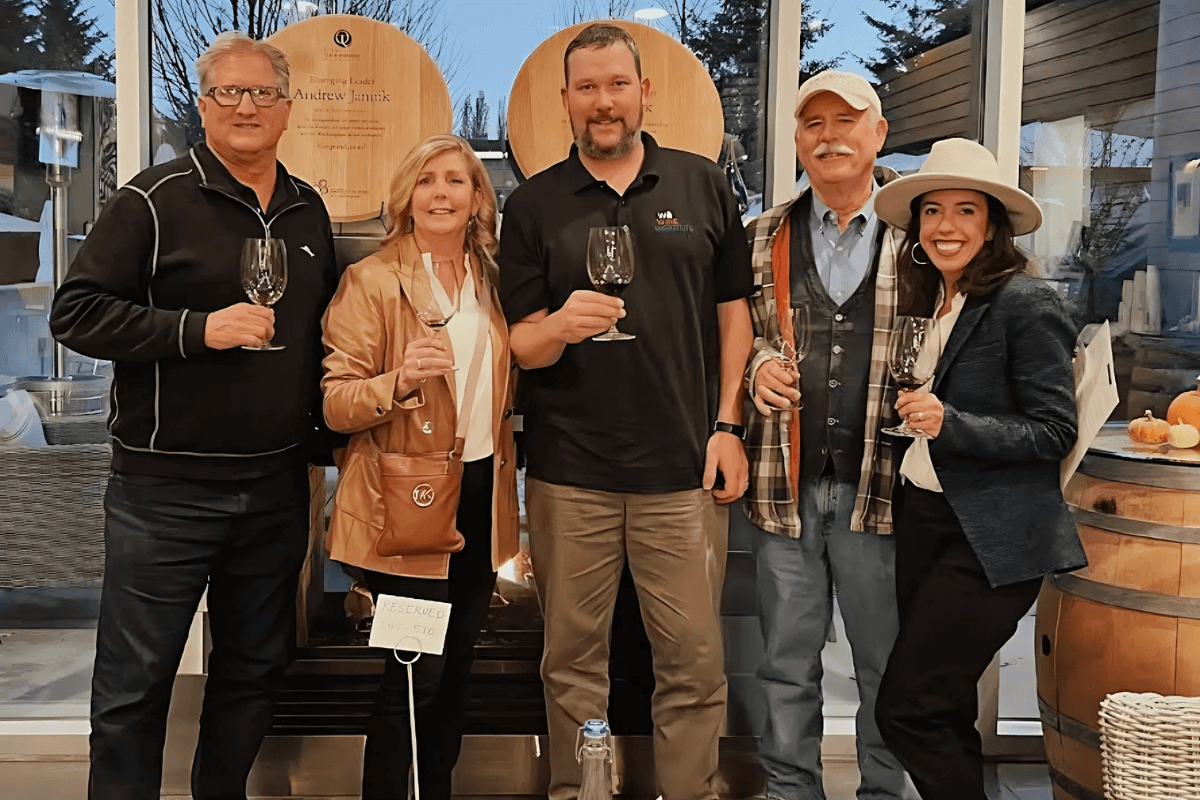
Image: Wine America retreat in Woodinville, Washington; Source: WineAmerica.
If you could give one piece of advice to a new winemaker or vineyard owner just starting out, drawing from your vast experience in the Finger Lakes and beyond, what would it be?
As a winemaker or owner, the first thing you do is make high-quality wines. Unless you have been making wines commercially I would suggest hiring a winemaking consultant. They have the background to help you make world-class wines and also a business plan. One of the biggest mistakes I see is people start wineries and think people will show up and their wines will sell. That never happens, so a well-thought-out business plan is essential to success.
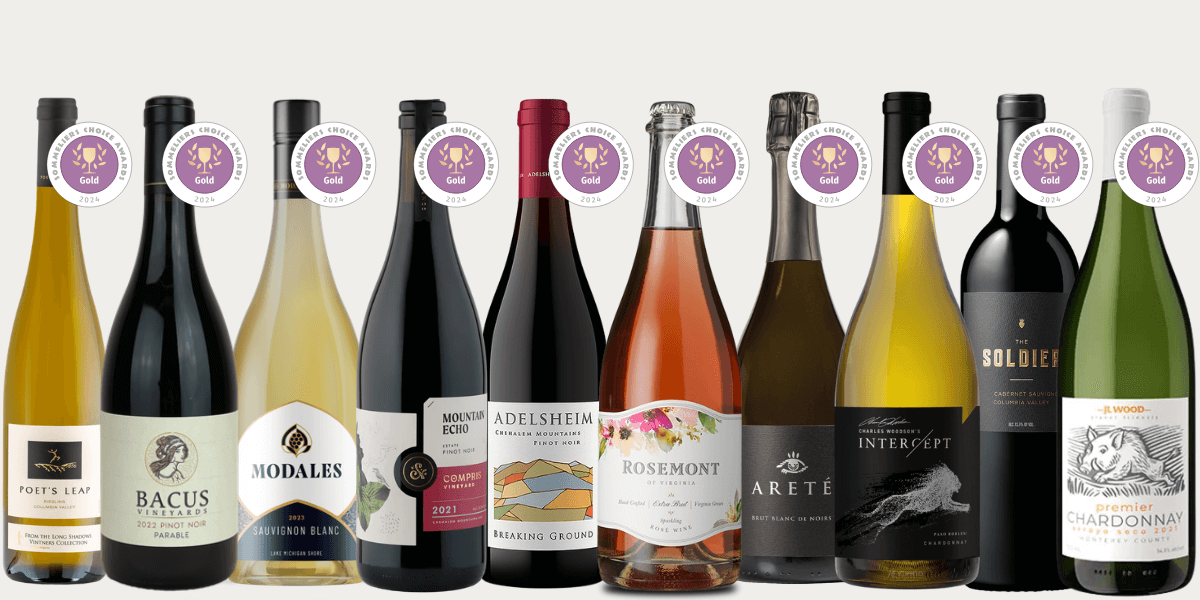
Images - Top 10 Gold winners from the United States at the 2024 Sommeliers Choice Awards - Poet's Leap Riesling, Parable - Bacus Vineyards, Modales - Sauvignon blanc, Mountain Echo, Breaking Ground Pinot Noir, Rosemont of Virginia Extra Brut Sparkling Rose Wine, Areté Brut Blanc de Noirs, Charles Woodson's Intercept 2022, The Soldier Cabernet Sauvignon, JL Wood Premier Chardonnay.
Conclusion
Scott Osborn’s dedication to advancing both his own winery and the U.S. wine industry as a whole shines through in his thoughtful approach to sustainability, advocacy, and winemaking. As he leads WineAmerica, his experiences at Fox Run Vineyards and deep understanding of the interconnectedness of wine communities offer valuable lessons for an industry facing unprecedented challenges. From his efforts to preserve the natural environment to his work uniting winemakers across the nation, Osborn’s vision for the future is one grounded in collaboration, innovation, and a profound respect for the craft.
In conversation with Malvika Patel, Editor and VP, Beverage Trade Network
Also Read:
Sam Filler: Leading NY's Wine & Grape Excellence
Southern Glazer’s Approach to Wine Education: Insights from Matthew Citriglia
Karissa Kruse's Vision: Pioneering Sustainability at Sonoma County Winegrowers

